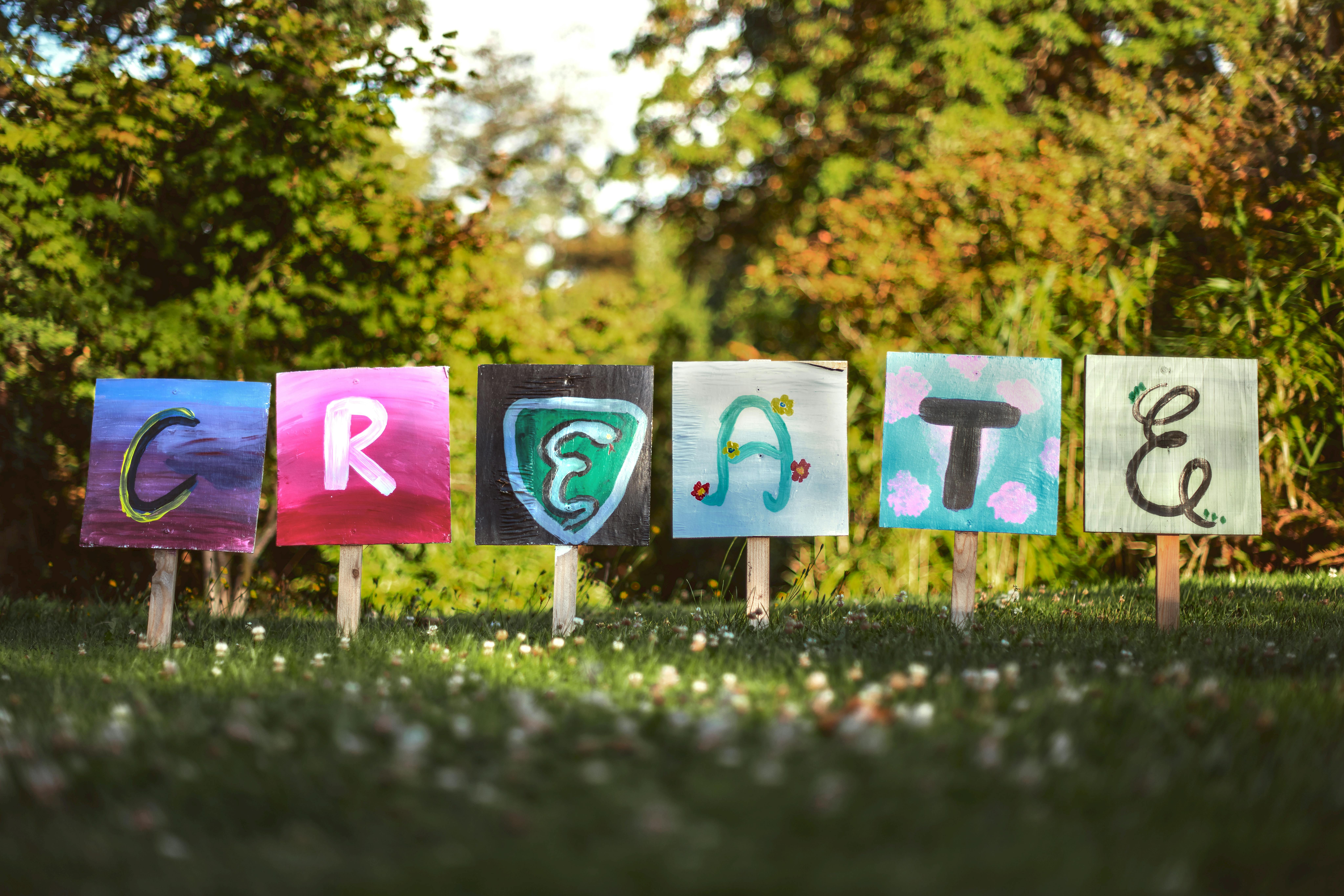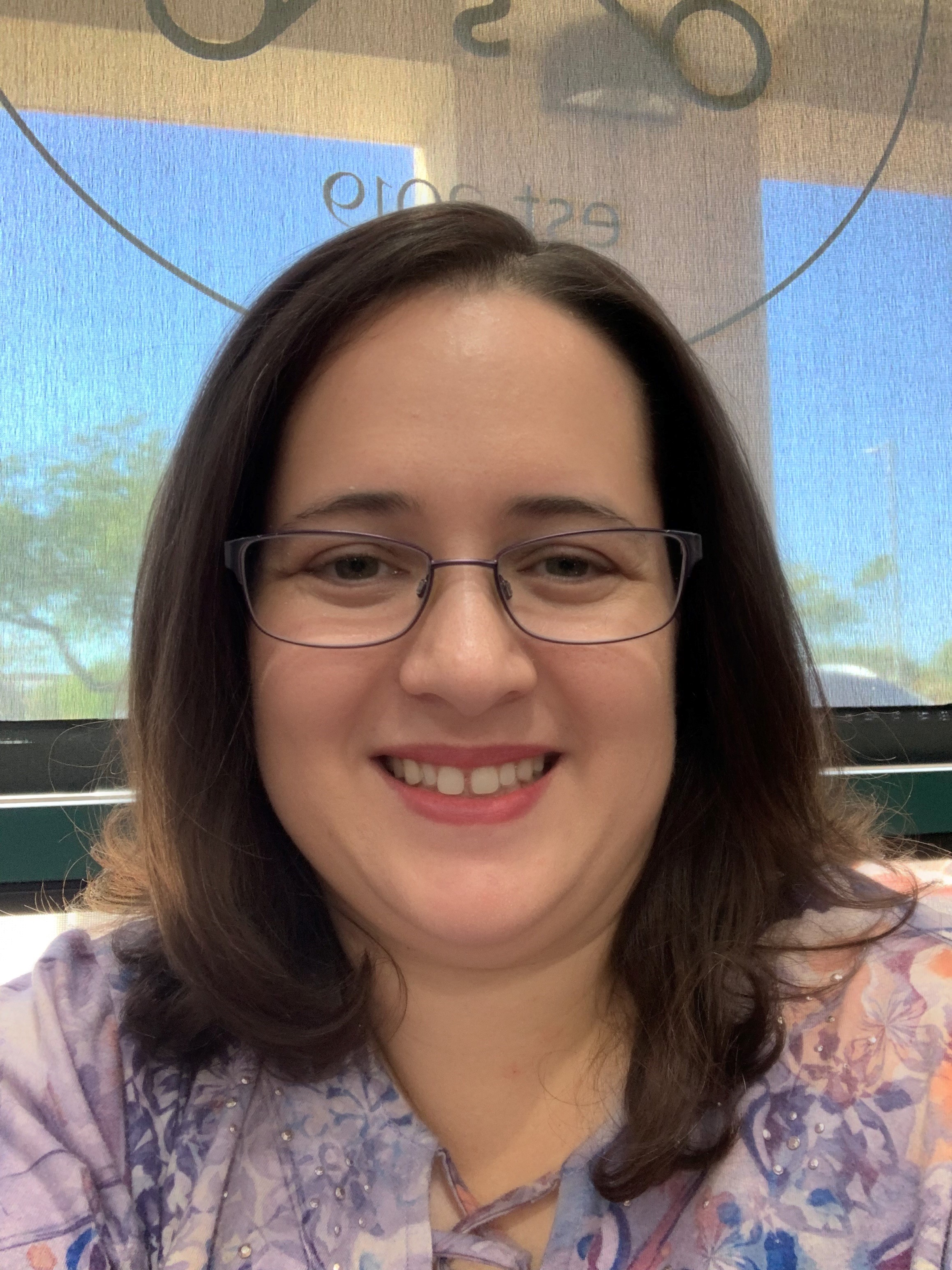Rediscovering Creativity: A Conversation with Patrick Williams

In a world increasingly dominated by technology and rigid systems, many of us feel disconnected from our innate creative abilities. The latest episode of the Designing with Love podcast features creativity expert Patrick Williams, who shares profound insights about how we can reconnect with our creative superpowers and apply them in all aspects of life.
Patrick begins with a powerful premise: creativity isn't something we need to acquire—it's something we already possess but may have forgotten how to access. "We're all born creative," Williams explains. "We learn through play, imagination, and creativity. It doesn't ever go away. We sort of misplace it or lose track of it, but it is always there." This perspective shifts our understanding from needing to find creativity to simply restoring what we already have within us.
One of the most fascinating concepts Patrick introduces is what he calls "creative colonization" and "creative collapse." He describes how educational systems and social structures often suppress our natural creative tendencies, particularly in childhood. This "colonization" of our creative space can lead to a "collapse" where we abandon creative pursuits entirely. The good news is that Williams also introduces the concept of "creative metamorphosis"—the process through which we can reconnect with our creative selves, even if that means exploring entirely new creative outlets than those we enjoyed as children.
In an age where artificial intelligence and technology increasingly enter creative spaces, Patrick offers a refreshing perspective. Rather than seeing AI as a threat to human creativity, he suggests it may actually strengthen authentic human expression. "The more and more people are attempting to infiltrate the arts with computer programming, the more that it makes us as artists stronger," he notes, pointing out that human-made art carries "the stamp of authenticity" that AI cannot replicate. He distinguishes between using technology as a tool (like a paintbrush) versus allowing it to replace human creativity entirely.
Additionally, Patrick provides practical strategies for rekindling creativity in our daily lives. His first recommendation is profoundly simple yet powerful: get outside and connect with nature. "Get out, take a walk, sit on the grass, take your shoes and socks off, put your feet on the ground," he advises. This grounding in nature helps us "reconnect to a slower but also a more vibrant environment that has a tremendous amount of creativity zooming around you." Coupled with intentional breathing—even just ten deep breaths during a busy day—these practices can open us to new ideas and perspectives.
The importance of journaling emerges as another key practice for creative restoration. Patrick suggests keeping two journals: a personal journal and a dedicated creativity journal. The creativity journal becomes a space to reflect on childhood creative experiences, capture fleeting ideas, and document creative insights. "It's an external memory," Patrick explains, emphasizing how crucial it is to capture creative thoughts before they disappear into the "abyss" of our busy minds.
Perhaps most importantly, Patrick expands our understanding of creativity beyond traditional artistic pursuits. While art, music, and writing are obvious creative outlets, he emphasizes that creativity should infuse all aspects of life—from how we approach relationships to how we navigate our workspaces. "We can bring creativity to our relationships," Patrick suggests, encouraging us to consider "what are some special things that I can do that will help blossom this relationship?" This holistic view of creativity transforms it from an occasional activity to a way of living.
Patrick concludes with a delightful suggestion: intentionally experience different types of art each month. From visiting galleries to attending poetry readings, from exploring architectural landmarks to watching classic films—these experiences spark new connections and insights. They push us slightly outside our comfort zones and open conversations that might never otherwise occur, especially when shared with partners or friends.
Through these practices and perspectives, Patrick offers a path back to our innate creative abilities—not just for artists or designers, but for everyone seeking a more innovative, fulfilling approach to life and work.
🔗 Website and Social Links:
Please visit Patrick Williams’s website and social media links below.
📢 Call to Action: Patrick is available for private or group innovation and creativity consultations and programs. Please email him at patrick@patrickwilliams.com. He would be happy to answer any questions.
Photo by Tim Mossholder: https://www.pexels.com/photo/assorted-color-great-board-decor-lot-1539581/


